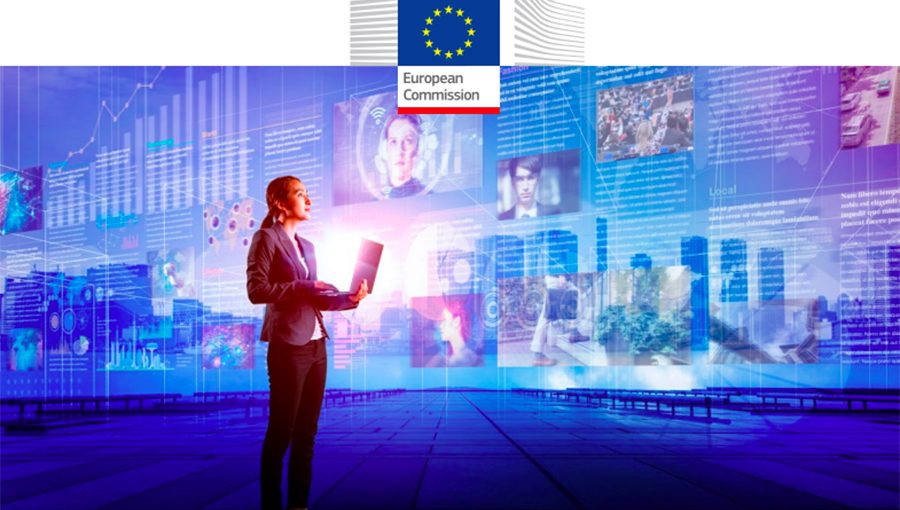The analysis presented in the Report starts from a shared understanding of disinformation as a phenomenon that goes well beyond the term “fake news”. Disinformation as defined in this Report includes all forms of false, inaccurate, or misleading information designed, presented and promoted to intentionally cause public harm or for profit. It does not cover issues arising from the creation and dissemination online of illegal content (notably defamation, hate speech, incitement to violence), which are subject to regulatory remedies under EU or national laws, nor other forms of deliberate but not misleading distortions of facts such a satire and parody.
The HLEG advises the Commission against simplistic solutions. Any form of censorship either public or private should clearly be avoided. The HLEG’s recommendations aim instead to provide short-term responses to the most pressing problems, longer-term responses to increase societal resilience to disinformation, and a framework for ensuring that the effectiveness of these responses is continuously evaluated, while new evidence-based responses are developed.
The multi-dimensional approach recommended by the HLEG is based on a number of interconnected and mutually reinforcing responses. These responses rest on five pillars designed to:
-
enhance transparency of online news, involving an adequate and privacy-compliant sharing of data about the systems that enable their circulation online;
-
promote media and information literacy to counter disinformation and help users navigate the digital media environment;
-
develop tools for empowering users and journalists to tackle disinformation and foster a positive engagement with fast-evolving information technologies;
-
safeguard the diversity and sustainability of the European news media ecosystem, and
-
promote continued research on the impact of disinformation in Europe to evaluate the measures taken by different actors and constantly adjust the necessary responses.

